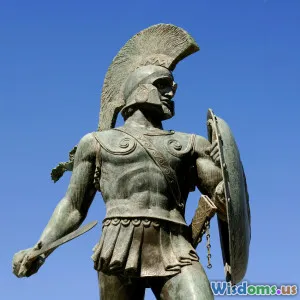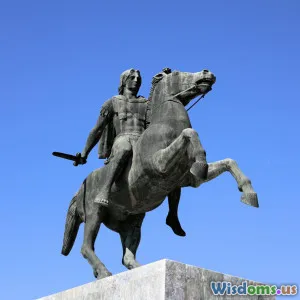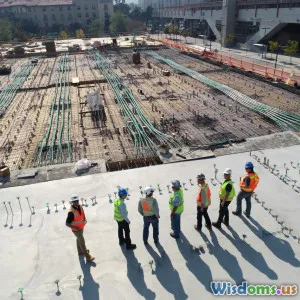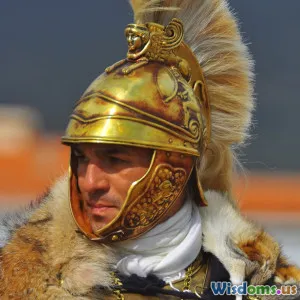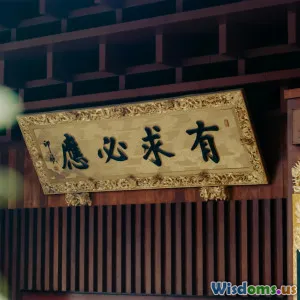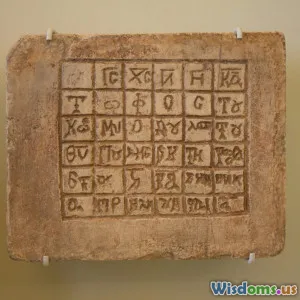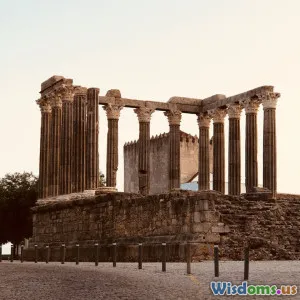
A Side by Side Look at Roman and Persian Expansion
17 min read Explore a comparative analysis of Roman and Persian territorial expansion, strategies, and cultural impacts on ancient world history. (0 Reviews)
A Side by Side Look at Roman and Persian Expansion
Centuries before the rise and fall of European colonial empires, two ancient superpowers vied for supremacy across Europe, the Near East, and Central Asia: Rome and Persia. The arcs of their expansions dramatically reshaped the ancient world, leaving legacies still evident today. How did these two civilizations build and sustain their empires, and in what ways did their expansionist strategies differ or intersect? This in-depth analysis uncovers the fascinating parallels and contrasts that defined Roman and Persian imperial dreams.
Motivations Behind Imperial Expansion
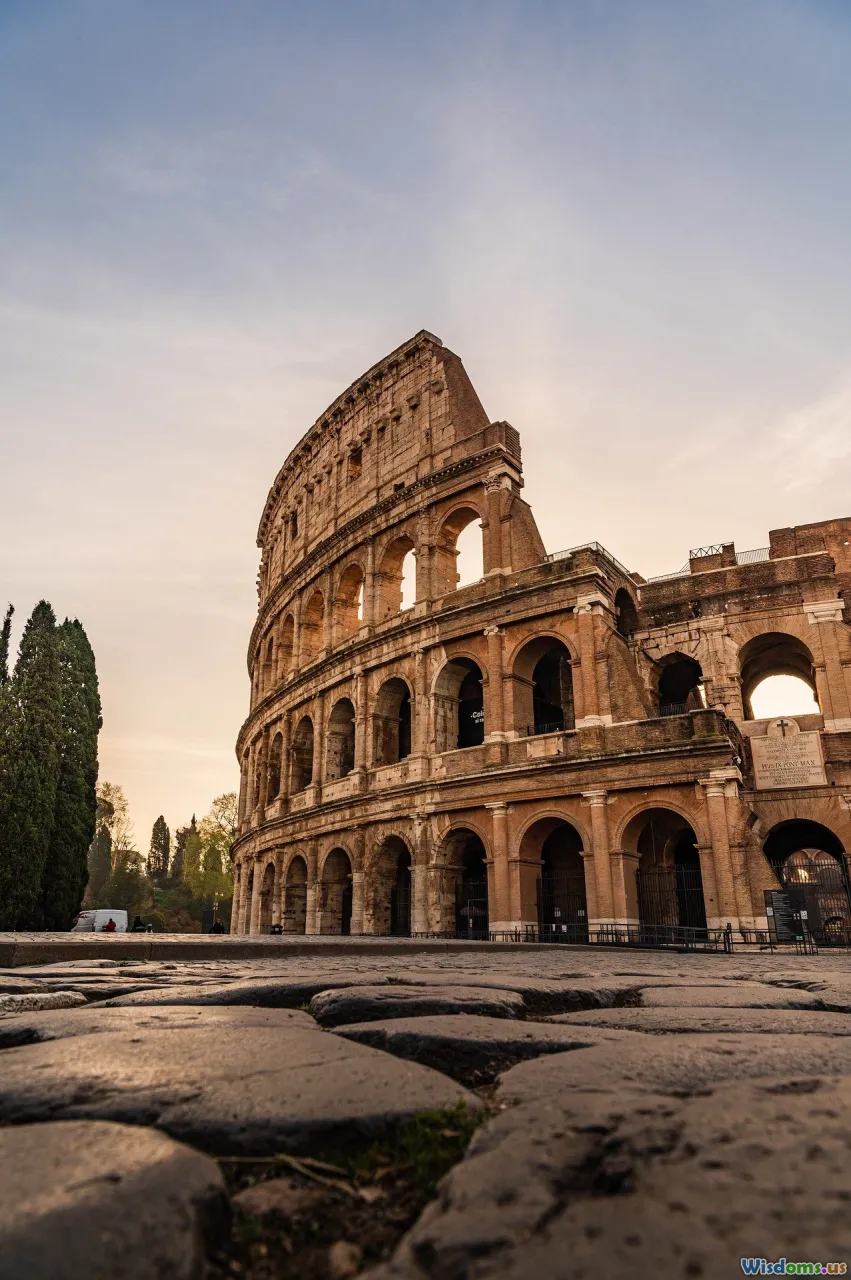
Empires seldom expand by accident; motivations lie at their heart. For both Rome and Persia, each foray beyond their initial territories was driven by a complex web of factors, from economic necessity to ideological ambition.
Rome's Expansionist Ethos:
Rome, in its earliest days, was a small city-state boxed in by rival Latin, Etruscan, and Samnite peoples. Survival demanded territorial expansion—but as the Republic matured, other factors came into play. Wealth, access to resources, and the promise of land for retired soldiers drove eager Roman consuls to campaign far from home. Perhaps most importantly, Roman political culture—exemplified by the Senate—rewarded military success and territorial gain with fame and political influence. Campaigns in southern Italy, Spain, and Greece each built the roadmap for Rome’s empire.
Persian Ambitions on a Continental Scale:
Farther east, the Achaemenid Persian Empire (founded by Cyrus the Great circa 550 BCE) burst from the arid lands of Fars propelled by both necessity and vision. For Persian rulers, expansion represented not only a means to control trade routes and agricultural heartlands, but also a way to unite a patchwork of disparate peoples under noble kingship. The Persians championed a divine right to rule, encouraging cultural integration rather than assimilation—a hallmark visible throughout their history.
While Rome was shaped by republican competition and land-hunger, Persia’s expansion came from dynastic ambition entwined with a policy of respect for local customs—earning them the nickname "the world's first superpower" by some historians.
Conquest Techniques: Legions and Cavalry Swarms

The art of war was honed to an exact science by both empires, but their methods spanned a spectrum of innovation and tradition.
The Roman Engine of War:
Roman legions, drilled to perfection, were unmatched for much of antiquity. Flexibility defined their fighting style: the famed Maniple and—later—Cohort systems, allowed commanders to not only field disciplined infantry but also shift tactical formations with agility. Roman military prowess is immortalized in battles like Cannae (216 BCE) against Hannibal and the conquest of Gaul (58–50 BCE) under Julius Caesar. Beyond brute force, Rome offered defeated peoples alliance (the socii) and even possible citizenship—a carrot-and-stick approach that co-opted local elites into the imperial fold.
Persia’s Strategic Diversity:
By contrast, Persian armies thrived on diversity and mobility. The heart of Persian strength, especially under Darius I and Xerxes, consisted of a multiethnic patchwork: swift Median and Persian cavalry, elephant corps from India, archers from Egypt, and robust infantry levies from Anatolia. The Persians excelled at deploying vast forces over enormous distances—famously crossing the Hellespont to invade Greece—and at using psychological warfare, as seen in their relentless, overwhelming show of force against smaller foes. The backbone of Achaemenid expansion, however, was often diplomacy as much as the sword: local rulers who surrendered peacefully were integrated into the satrapy system with relative autonomy over internal affairs.
Both empires fundamentally altered warfare. While Rome exported discipline and engineering, the Persians created the blueprint for logistical organization in campaigning—fielding enormous armies supplied by purpose-built Royal Roads and cara-vanserais centuries before Roman aqueducts and roads crisscrossed the Mediterranean.
Administration: The Art of Governing the Conquered
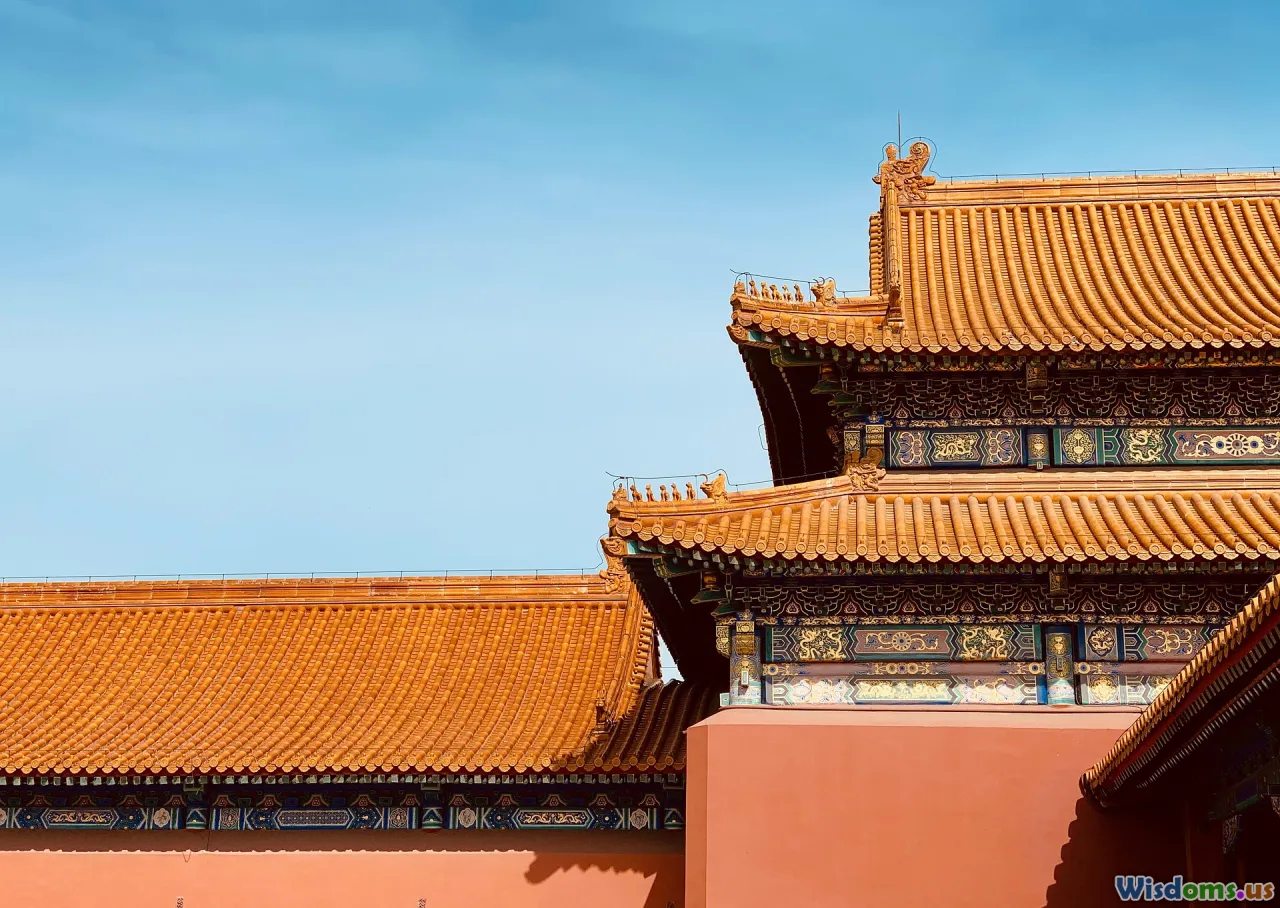
It’s one thing to win battles; building sustainable empires is another. Here, Rome and Persia dreamed up surprisingly different—yet equally influential—systems of governance.
Rome’s Blend of Uniformity and Local Rule:
Once a new land was conquered, the Romans established a network of coloniae (colonies) together with municipia, ensuring veteran soldiers and loyal citizens seeded stability in volatile regions. Roman law, language, and infrastructure—roads, aqueducts, and amphitheaters—spread rapidly, pulling diverse areas such as Gaul, Hispania, and Judaea into a connected imperial culture. Yet, local government structures often remained—local aristocrats continued to rule as long as they supported Rome and paid taxes.
For Roman provinces distant from Italy, the legal status ranged from free allies with client-king relationships (think Herod’s Judea) to direct administration by Roman-appointed governors. Integration eventually peaked under Emperor Caracalla (212 CE), when Roman citizenship was extended to all free inhabitants of the empire, radically redrawing loyalties and identities.
Persia’s System of Satrapies:
The Achaemenid Persian Empire pioneered the satrapy system, dividing territories into nearly 30 provinces (satrapies), each ruled by a satrap—a sort of local viceroy. While satraps were generally drawn from Persian noble families, they often often married into or worked closely with local elites. Each satrap controlled civil administration but was monitored by a separate military commander and a royal “Eye of the King” inspector to balance power and stem rebellion.
Persia’s empire—from Egypt to the Indus—allowed for profound cultural pluralism. The famous Cyrus Cylinder, sometimes called the world's first charter of human rights, testifies to the respect afforded to local religions and practices.
By giving conquered peoples a stake in stability (and not unduly disrupting traditional structures), both imperial systems built surprising degrees of local buy-in. Rome favored integration through law and citizenship; Persia preferred autonomy under loyal governors.
Trade, Communication, and Infrastructure
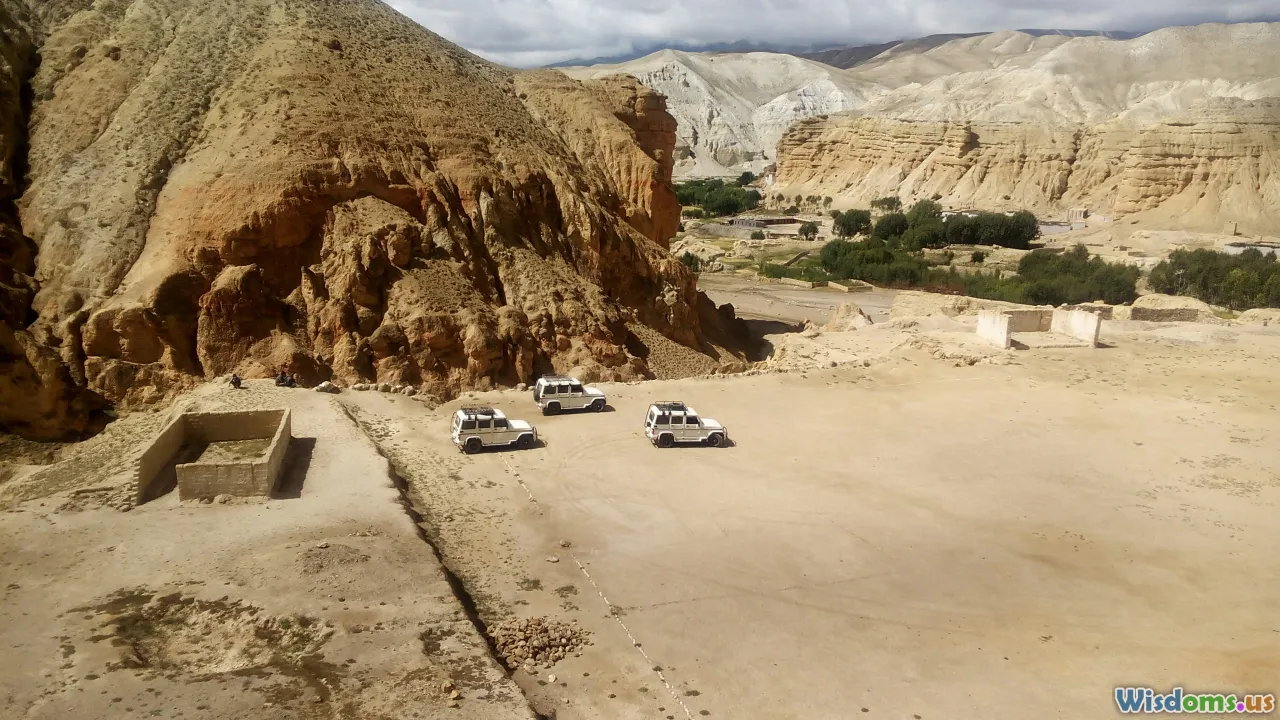
Economic integration was as pivotal to imperial survival as conquest or administration. The Roman and Persian Empires both became marvels of connectivity, albeit by different means.
Roman Roads and Commerce:
Rome’s famous roads, measured at over 400,000 kilometers at their height, famously “all led to Rome.” Military and merchant traffic traveled swiftly between provincial cities on these paved arteries. The unified denarius coinage system and standardized contracts unified markets stretching from Britannia to Egypt. Notable examples include the Via Appia, connecting Rome to southern Italy, and the Via Augusta, traversing Spain.
Control of the Mediterranean—Mare Nostrum (“Our Sea”)—provided rapid maritime freight for grain from North Africa or luxury imports from the Levant. Commerce was further streamlined by a robust bureaucracy and legal system, which included written contracts and institutions like the tax farmers (publicani).
Persia’s Royal Road and Silk Routes:
The Persian Royal Road is legendary, connecting Susa (near modern Iran’s border with Iraq) to Sardis in Lydia (now Turkey)—nearly 2,700 kilometers. Persian couriers conveyed messages along the route in just seven days, exemplifying efficient governance. Like Rome, Persia incentivized prosperity among their subjects and allowed lively trade from the Indus to the Nile.
Moreover, Achaemenid Persia became a key link in trade between China and the West, with the Silk Road traversing their lands. Standardized weights, measures, and coinage fostered cross-border trade. Persian cities like Persepolis and Pasargadae became crossroads for merchants, artisans, and information.
Ultimately, trade and logistics created wealth, resilience, and a sense of shared imperial identity that outlived military conquests.
Cultural Fusion or Dominance?

Empires inevitably encounter vibrant cultures with every step—a challenge and opportunity in shaping identities.
Rome: Assimilation through Romanitas:
Roman authorities promoted a concept called Romanitas—the characteristics of being Roman. This approach combined respect for certain local customs (as long as they didn't contradict Roman law or religious orthodoxy) with dissemination of Roman language, architecture, religion, and attire. Gaulish, Iberian, and Punic peoples gradually adopted Latin, urban lifestyles, and Roman gods. Significant, too, was the empire’s narrative of granting citizenship: even formerly conquered peoples could potentially aspire to being Romans.
Yet, this wasn’t always a smooth process. Rebellions such as the Jewish wars in Judea or Boudicca’s revolt in Britain showed the limits of Roman cultural integration, particularly where imperial ambitions clashed with deep local traditions.
Persia: A Tapestry of Diversity:
By contrast, Persian policy leaned toward cultural pluralism rather than assimilation. Artaxerxes, Darius, and Xerxes embraced the trappings of empire—not by squashing subject cultures but by honoring them. Imperial architecture at Persepolis showcases reliefs depicting emissaries from across the empire, each identified by distinct local dress. The Persians allowed local religions freedom—most famously freeing the Jews from Babylonian captivity and supporting temple reconstruction in Jerusalem.
Persian rule emphasized kingly authority and did not require cultural uniformity. Instead, rulers embraced a harmony of difference under the umbrella of a single crown and Zoroastrian divine mandate.
Thus, while Rome sought to create one people from many, Persia championed unity in diversity.
Challenging the Frontiers
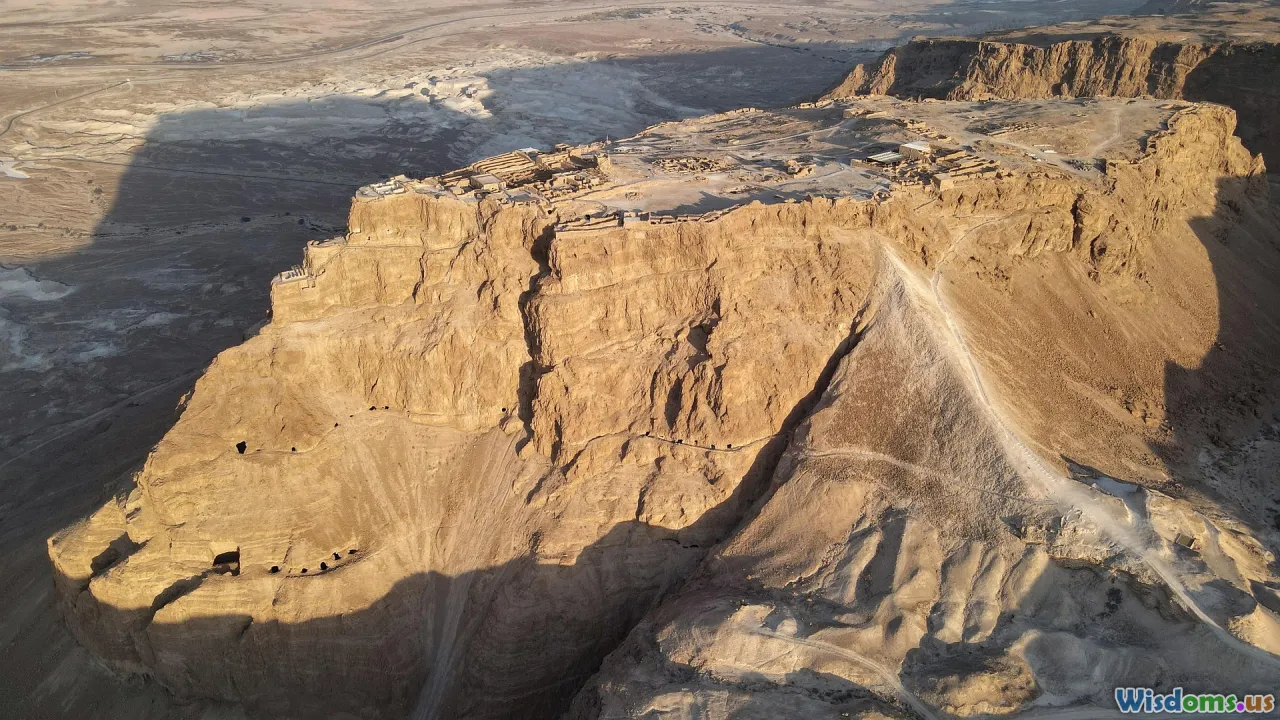
Borders are the lifeblood of empires—but also their bleeding edge. Both Rome and Persia invested heavily in defending and redefining their boundaries.
Rome’s Limes and Fortifications:
The Roman Empire’s borders—called limes—were a testament to Roman engineering ingenuity. Defensive works such as Hadrian’s Wall in Britain and the Rhine-Danube frontier in Europe remain iconic. Watchtowers, forts, and border legions protected against incursions by Picts, Germanic tribes, and Parthians.
Even so, Rome's borders were rarely static. Expanding, retracting, and then fortifying frontiers caused constant friction and expense, especially as pressures mounted in late antiquity. Rome’s eventual fall in the West (476 CE) found these defenses overrun by waves of migrating peoples.
Persia’s Frontier Strategies:
The Persian frontier strategy adapted to deserts, mountains, and vast river valleys. The so-called "Persian Gates," strategic mountain passes, could hold up entire invading armies—as Alexander the Great discovered. Massive walls (such as the Gorgan Wall in northern Iran, also known as “the Red Snake”), garrisons, and alliances with local nomads all played a part in buffering Persian realms.
A perpetual friction point: the Roman-Persian frontier in the Near East, focused on buffer states like Armenia and contested cities such as Dura-Europos, where fiercely defended walls testify to centuries of struggle.
Collapse, Legacy, and Aftermath
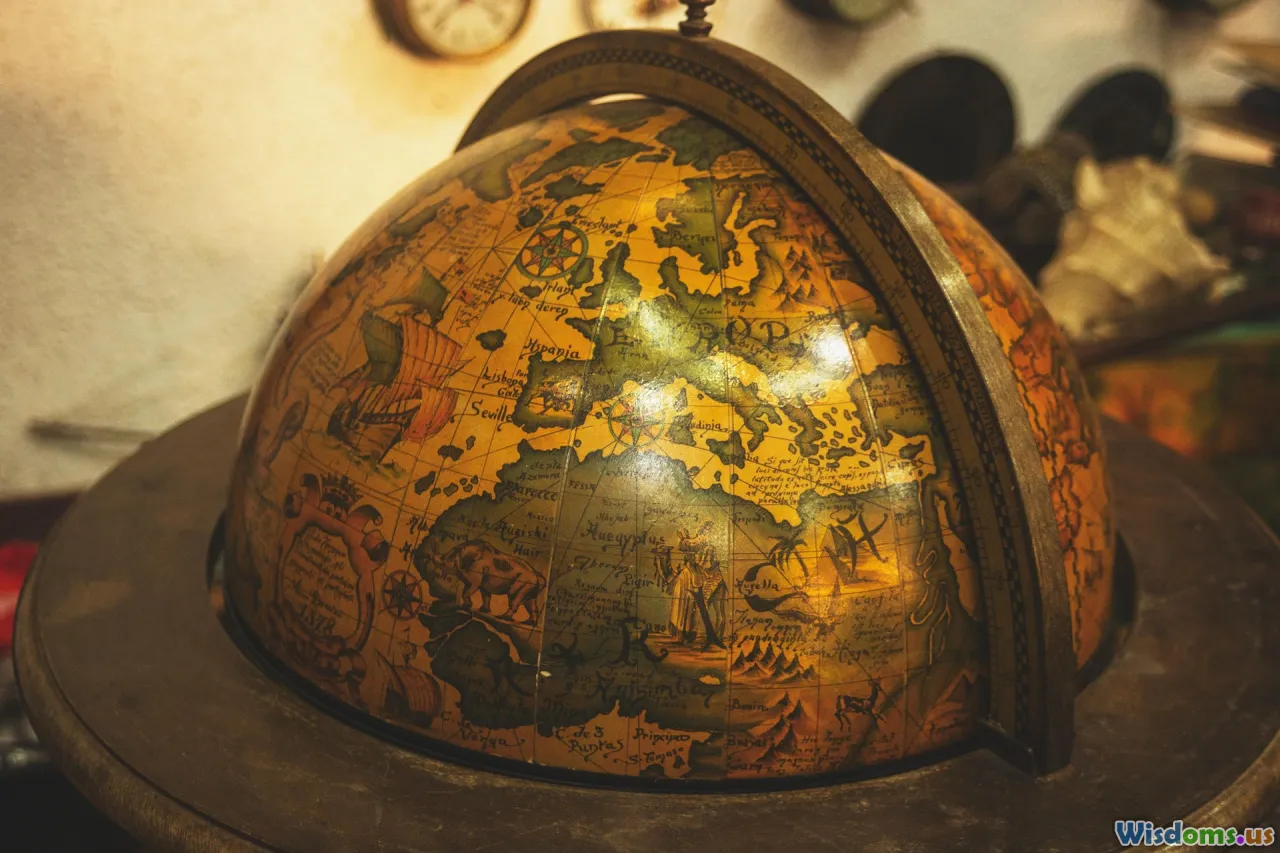
No empire endures forever, but the ways in which Rome and Persia unraveled—and what they left behind—were equally transformative.
The Fall of Rome:
Rome’s waning centuries saw internal instability, economic crises, and unmanageable borders. Attacks from Goths, Vandals, Huns, and others overwhelmed Western structures. The Eastern Empire, known as Byzantium, survived and even thrived for a millennium more, acting as heir both to Roman law and administrative tradition.
Rome's heritage—its cities, roads, legal principles, and linguistic descendants—is embedded across Europe, North Africa, and the Near East. Indeed, the frameworks of governance, law, and urbanism remain essential to the Western tradition.
Persia’s Enduring Footprint:
Persia’s first great age fell to Alexander in 330 BCE, but Persian states—Parthian, Sassanian—rose to contest Rome for centuries. Ultimately, the Islamic conquests of the 7th century swept aside Sassanian Persia, yet Persian language, art, and statecraft deeply influenced Islamic civilization from Baghdad to Delhi. The satrapy system seeded many later models of provincial rule; architectural and literary styles remain hallmarks of the Persian world.
Both empires—though often separated by vast distances and cultural divides—influenced world history with ripple effects lasting far beyond their collapses.
What the Ancient Superpowers Teach Us Today
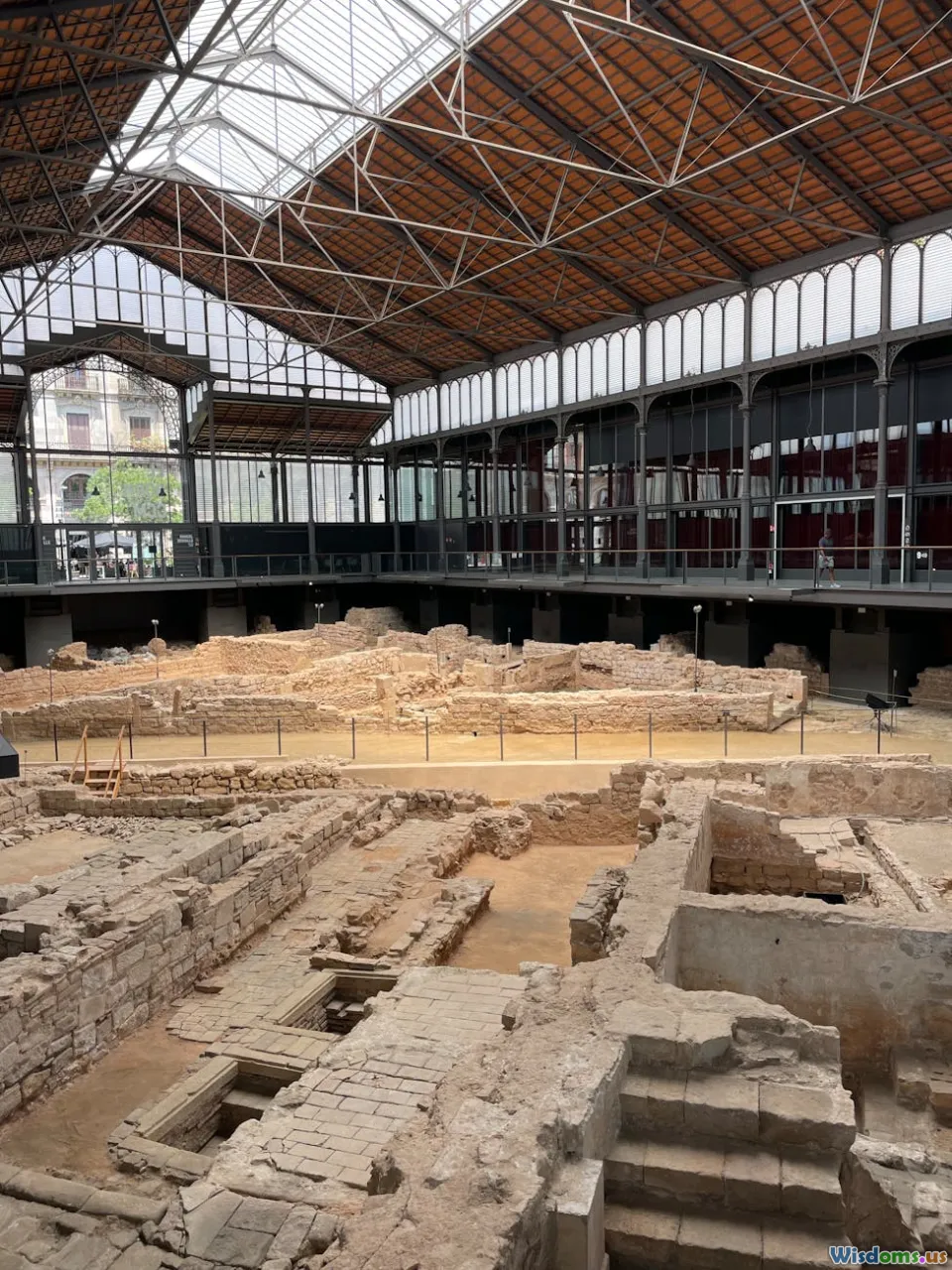
Studying Rome and Persia side by side does more than inform us about old battles and vanished cities. Their divergent methods of uniting broad territories, managing diversity, deploying technology, and adapting to challenge offer enduring lessons for today’s interconnected world.
For modern policymakers and history enthusiasts alike, the saga of two ancient superpowers is not just a relic. It is a dynamic mirror, reminding us that beneath every map’s shifting borders lies a story of adaptation, cooperation, and conquest—a story as vital now as it was millennia ago. Empires may rise and fall, but their blueprints for power live on.
Rate the Post
User Reviews
Popular Posts











